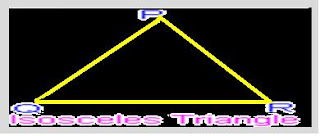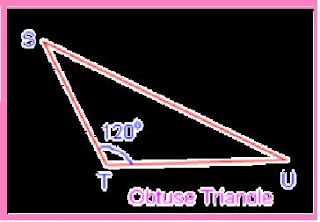 Let us learn about exponential growth formula
Let us learn about exponential growth formulaExponential growth (including exponential decay) occurs when the growth rate of a mathematical function is proportional to the function's current value. In the case of a discrete domain of definition with equal intervals it is also called geometric growth or geometric decay (the function values form a geometric progression).
A function is said to be Exponential growth that including exponential decay when the growth rate of that mathematical function is proportional to the function's current value. In a discrete domain of definition with equal intervals of the function is called as geometric growth or geometric decay. The exponential growth model is also called as the Malthusian growth model.
Exponential Growth Formula:
Exponential formula defines the X as exponentially on time t.
X(t) = a . b(t/r)
"a" denotes the initial value
a = x,
X(0) = a,
b= a
It denotes the positive growth of the factor, t = time required
I hope the above explanation was useful.Keep reading and leave your comments.

 Let us learn about "triangle rectangle"
Let us learn about "triangle rectangle" Hi Friends, Good Morning!!!
Hi Friends, Good Morning!!!









